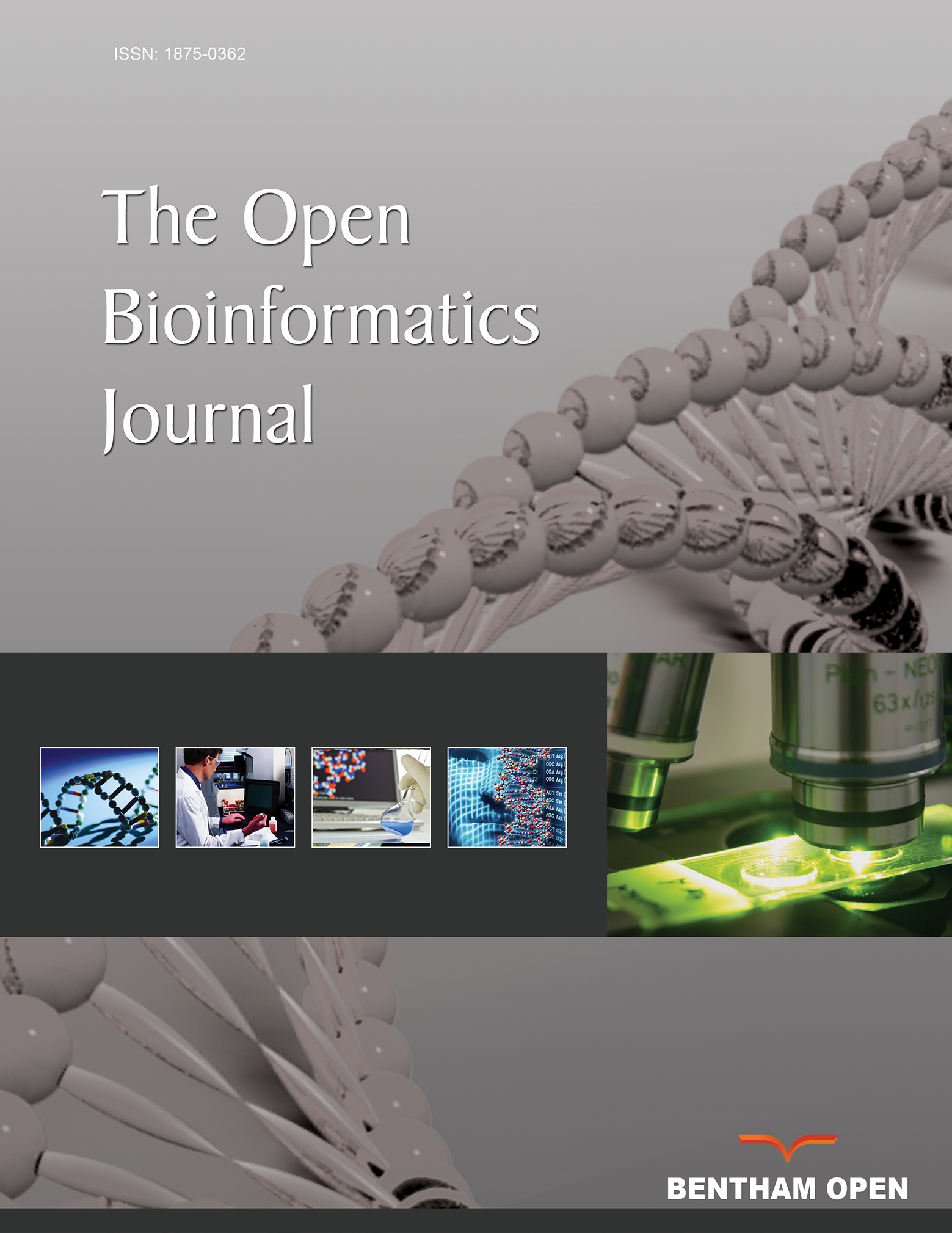All published articles of this journal are available on ScienceDirect.
An Attempt to Improve the Quantitative Epitope Prediction by Modelling Alternative Binding Modes
Abstract
Motivation:
A good quantitative epitope prediction, i.e. a reliable prediction of the strength of the MHC-epitope binding, is decisive in order to better understand the immune system response. The prediction is often performed by means of the scoring-matrix method that usually assumes a single binding configuration: each amino acid of the epitope binds to a specific pocket of the MHC molecule, in a way independent from other bindings.
Results:
We have put forward the assumption, suggested by the allosteric Monod framework, that a number of alternative states exist, each one characterised by an interaction energy expressed by a scoring matrix. We have developed and suitably evaluated an algorithm for epitope prediction based on such assumption, and we finally discuss the results and the possible reasons why such results unexpectedly appear to be unsatisfactory.


